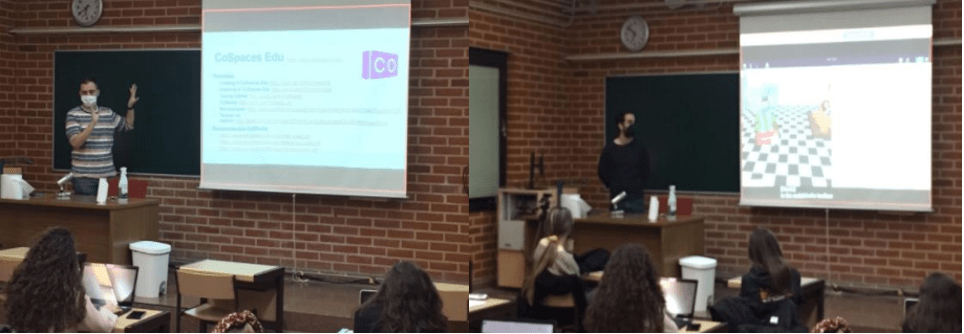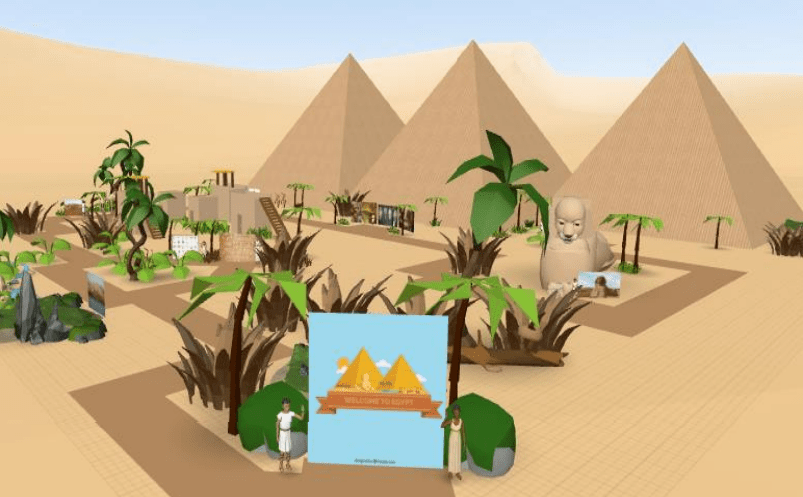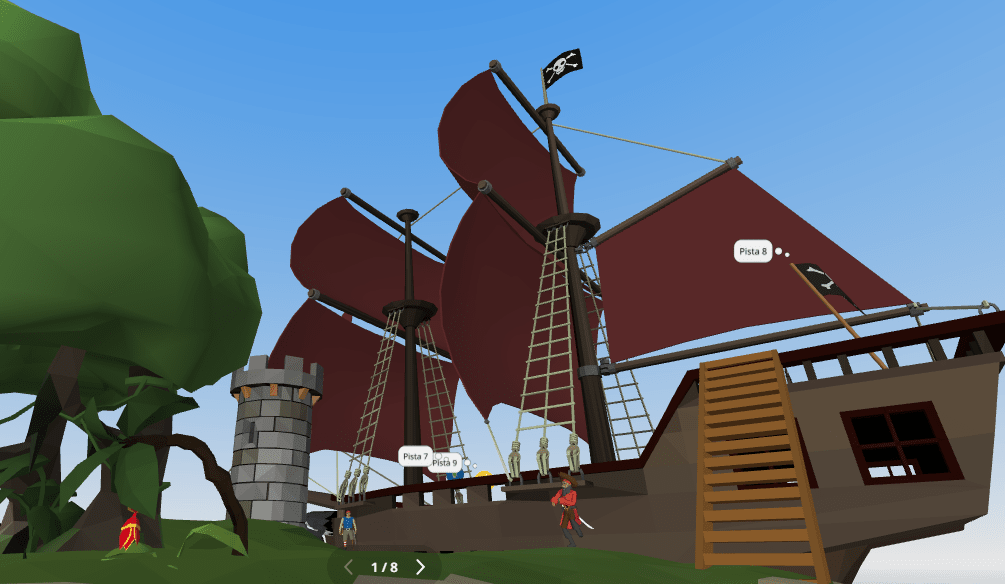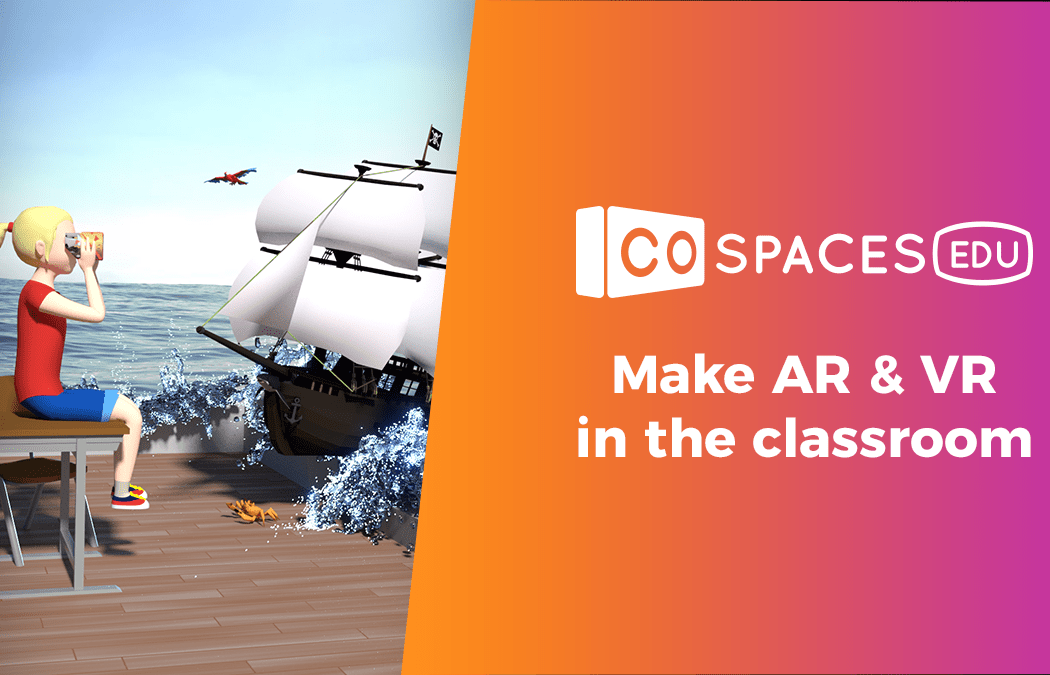Students from the Education Faculty in Albacete demonstrate satisfaction after using the CoSpaces.Edu tool for teaching Social Sciences for the first time.
Currently, it is common to find news arguing for the necessity of new pedagogical approaches. For this reason, they have begun numerous education projects connected to the use of emerging technologies. These new approaches are linked to Virtual Reality, Augmented Reality, Gamification, or Computational Thinking concepts and are increasingly common. Some of these new approaches have even entered university classrooms.
The educational research group, LabinTic, of the Faculty of Education continues, despite the current pandemic situation, to enrich future teachers with new resources for their future teaching practices. In this case, the chosen tool has been CoSpaces.Edu. This application, with the use of virtual and augmented reality, allows for the creation and visualization of virtual spaces in a simple way. This is done without the need for special computer programming skills or the knowledge of how to design digital environments.

Research staff from the LabinTic group show the functions of CoSpaces.Edu
The students studying for their Bachelor’s Degree in Primary Education, specializing in History, Culture, and Heritage have been using this program. These students currently studying the didactics of Social Sciences have developed a virtual environment that enables the learning of curricular contents of Primary Education in a dynamic, playful and motivational way. In order to achieve these results, the staff of the LabinTic group previously instructed them on how to use the tool, teaching them the multiple educational possibilities that this resource creates.

Example of a project done by students.
At the end of the project, the students were asked what they thought of the experience. The students considered that Primary Education students can learn curricular content thanks to this tool. They showed the usefulness of the graphics and animations that the program offers. One student states, “I think that CoSpaces Edu will have a good impact in the classroom because it offers a totally different way of teaching, which will encourage the students to feel motivated to learn.”

Another example of a project done by students.
The students understand that learning history is not always attractive to children. For this reason, they have considered taking their contents from written texts and static images, typically from history books, and turning them around with CoSpaces Edu. This program will enable an environment of greater enthusiasm for students to learn. Another student expressed their plans for this program, “I hope to use it in history sessions that seem dry to them. For this reason, I chose to do my project on a subject that is boring, one that the program can make attractive for students and make learning history interesting. Some sessions will be extended, but most are introductory so that they are interested in the subject”.
However, students highlight the need for more time and training with this type of teaching resource. Students do not consider it difficult to use, but in order to have the necessary confidence to be able to implement it in multiple contexts, they require a greater fluency in their use of the program. One student comments, “Well, I would like to have more training for teachers, so that everyone learns to use these new technologies well and thus be able to advance in education. « Despite this, there is a clear motivation for its use, this is shown when advising other teachers to try it, “If they dedicate time and patience to learning how to use the platform, and if it is used correctly, it hardly presents limitations.”.

Another example of a project done by students.
In the end, the affinity the teachers have for CoSpace.Edu, and the implementation of new playful and practical approaches will lead to its development in their future teaching practices. As long as they receive more training. The LabinTic group hopes to be able to follow this line of action and to continue training students to use this tool so that they can later use it in educational centers. At the end of the day, educational innovation prevails as an equally important part of the training of future teachers.




